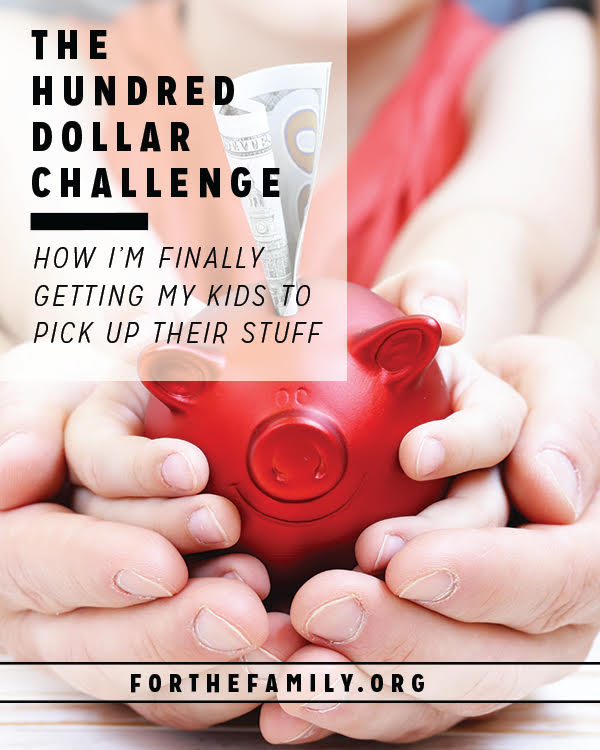3 Ways Your Kids Can Actively Engage Media
 What is your family culture?
What is your family culture?
In other words, what are the attitudes, values, and habits that influence the day-to-day living you and your people do?
At our house, family culture is centered around the idea that each of our lives is a story of which God is the author.
We want our kids to learn that good stories – those worth telling and retelling – are filled with drama. The good and the bad. The easy and the hard. And when life doesn’t go the way they hope, we want our children to learn to say “plot twist!” (as a meme I recently saw on Facebook encourages) and eagerly anticipate what God’s writing next.
Because of this, we place high value on the art of storytelling, whether in written, visual, or auditory form. We encourage our kids to read books, watch movies, attend live theater, and listen to audio dramas.
How do we make sure, though, that our kids are actively engaging these stories rather than passively consuming them? Here are three ways.
1. We introduce them to the same story told in different ways
If Roald Dahl wrote it, our eight-year-old daughter will read it. She loves the quirky, off-kilter tales of boys named Charlie who find golden tickets in their candy bars, fabulous foxes who dress like humans and are addressed as “Mr.,” and five-year-old little girl geniuses who rid their school of chokey.
After she reads each book, we help her better engage these already lively tales by introducing her to them told in additional ways.
Take, for example, Matilda. There’s a 1996 film version and a Broadway retelling. We watch the film. We listen to the original cast recording, and if we’re fortunate enough to be in a city the national tour visits, we go see the show. We may ask questions such as:
- Which version stuck more closely to the book?
- Do you think adding music made the story better?
- Why do you think they changed this part of the story?
In doing so, we challenge her to take what she’s read and compare and contrast it with these different versions of the same story.
2. We teach them to ask questions
Our five-year-old daughter isn’t afraid to ask questions if she doesn’t understand a concept on a cooking show or a story element in a movie. Fortunately for us, we live in an age where we can pause live TV and answer her inquiries without missing what comes next. If we didn’t, I wouldn’t ever hear an entire show! While she’s naturally prone to interrupt with questions, not all of our children have been at that age. We’ve had to teach them.
How did we do that? By example.
My husband Ted is great at taking time to pause, whether while he’s reading aloud to the kids or watching a movie with them, and ask questions. These questions may pertain to a concept that’s introduced, a word that’s used, or the importance of a character. He models for them that pondering what we consume matters.
3. We challenge them to fix the “wrongs”
Earlier this year, I listened to an episode of the podcast Read Aloud Revival where host Sarah Mackenzie interviewed author N.D. Wilson. During their chat, he shared that as a kid he used to constantly complain about the books he was required to read for school. His dad finally told him that he wasn’t allowed to complain anymore. He could, however, make “creative suggestions” on how he would fix the book and make it one he’d enjoy reading. Wilson explains that this engaged him in a completely different way.
When I heard this, I decided to use this in my parenting.
When our twelve-year-old daughter recently read the Percy Jackson books and then watched the movies, she was agitated at the differences between the two. She believed the filmmakers ruined the story. I decided to ask her things like:
- Why do you believe they made that choice? It was intentional, but why?
- What would you have done if you were the one making the movie?
- How would you have made it better?
What about you? I’d love to hear some ways you are teaching your kids to actively engage what they read, watch, and listen to.

AshleighSlater.com
Author of Team Us







One Comment
Comments are closed.